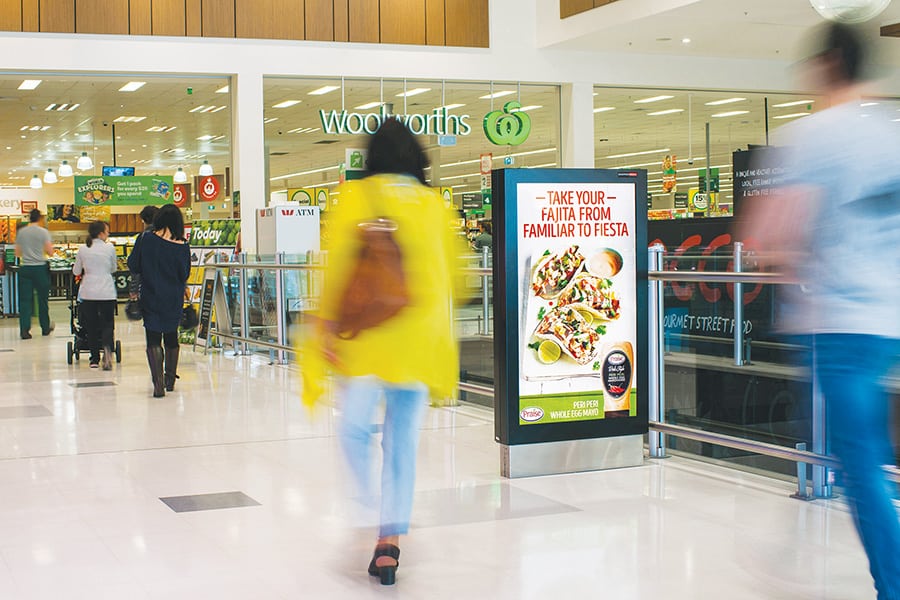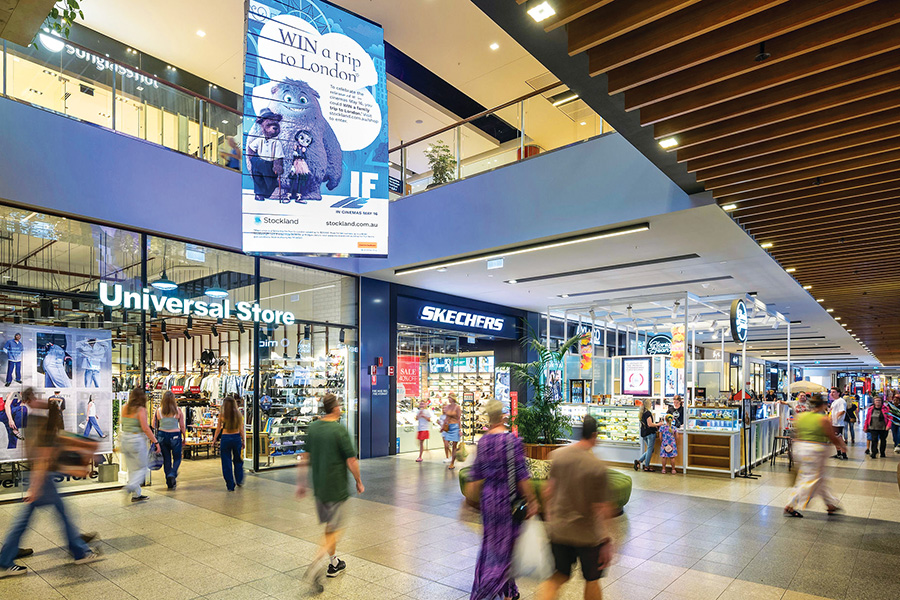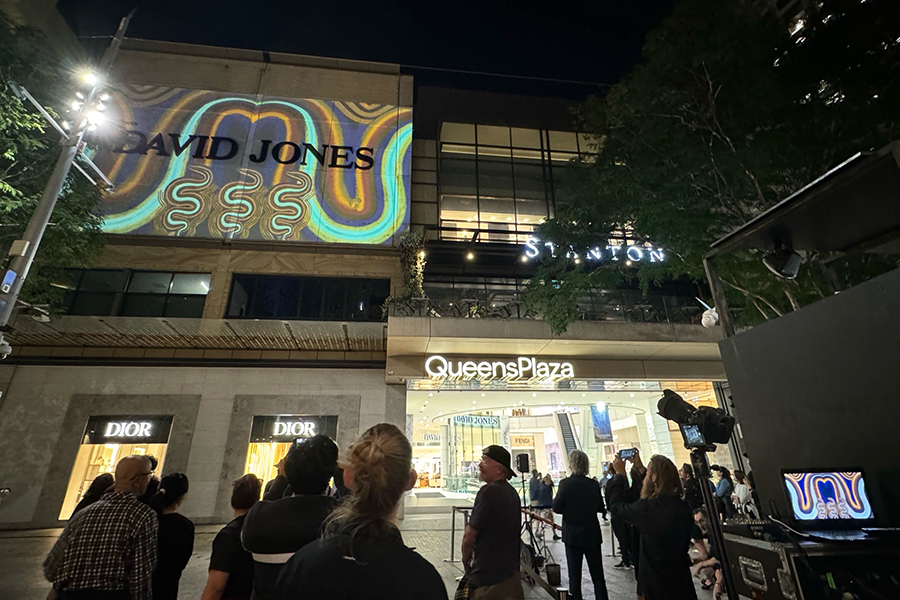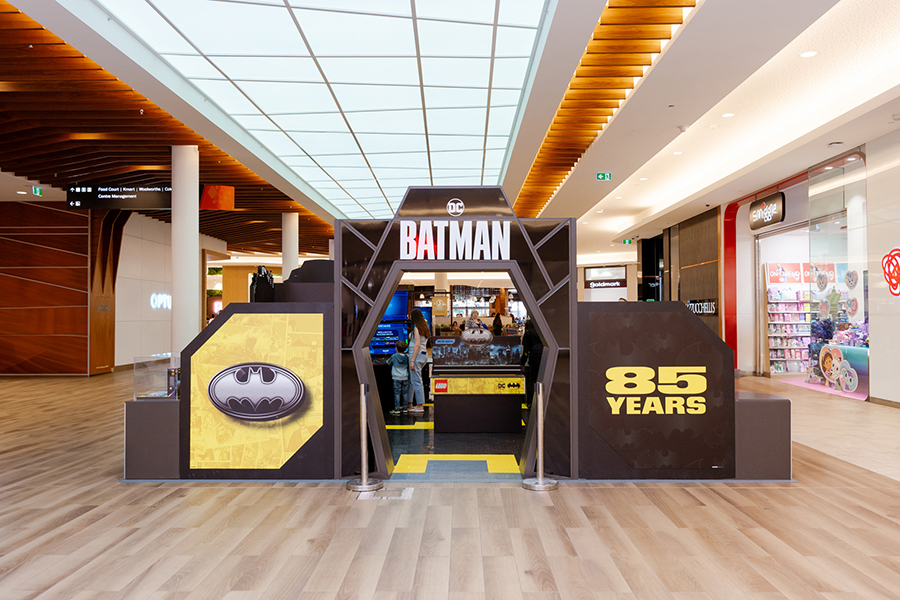‘Rich data’, ‘advanced shopper analytics’ and ‘virtual blue tooth beacons’. These are marketing terms unheard of just a few years ago. Ben Walker takes us into another dimension and heads towards the future!
I recently heard a CEO of a major news publishing company say that regardless of large world events, local stories remain critical to their business success. This is because local matters to people – local is relevant to their daily lives, and affects where they live, work and shop. With a global trend towards data driven insights to deliver personalised, contextually relevant messages and creative, rather than mass marketing, there is an opportunity for locally targeted strategies to help drive business growth. Indeed, we are already starting to see some of the major retailers adopt a local strategy.
Shopping centres are often at the centre of their communities; therefore, it’s important for centre managers and retailers to harness the power of their local audience to become the heart of local communities, and to drive sales.
How can shopping centres do this, or do this better? First and foremost, they need to understand their local communities better and utilise the best-in-class technology available to unlock audience analytics. The second, is to work out what makes their local audience unique and, third, create an ecosystem that serves the local community.
Ensure you are collecting the best data available
Bricks-and-mortar retail has traditionally been at a disadvantage when compared to online retail in terms of understanding customers’ shopping patterns and behaviours, however technology is rapidly changing the game. Centres can now utilise cutting-edge technology to track shoppers as they move around the centre via advanced wi-fi and virtual blue tooth beacons. This real-time tracking provides a detailed understanding of who uses the centre, how often they stay, how often they return and how they spend their time. This data, along with access to key demographic and psychographic information, allows centre managers and marketers to build up a rich understanding of their local community and how the centre is being used.
Without access to rich data, shopping centre management can only make assumptions or use approximate area profiling. Implementing a superior wi-fi solution with advanced analytics enables shopping centre management to transform their audience insights and thus their marketing efforts.
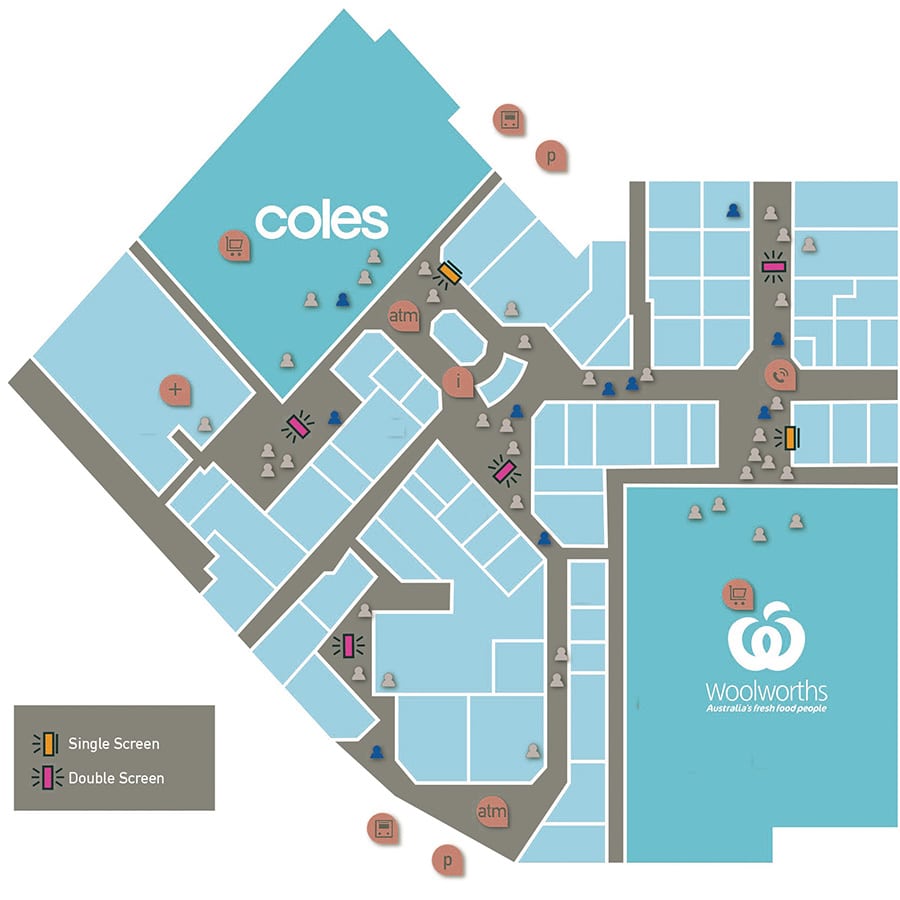
Understand who your customers are and what makes them different
Local centres tend to service a catchment area of approximately 3km – 5km around the shopping centre, which means that the local audience is likely to have unique characteristics. Using the data captured, shopping centre and retail management can now build a clear profile of their audience to reflect the values and preferences of the individual segments in the surrounding community.
Does your centre service people of a certain life stage, demographic or cultural background?
For example, families versus couples and singles all have different needs, as do dog owners compared with non-dog owners. Different audience groups will also have unique needs for local community services and support different types of retailers, so this is important to understand. The profile of your customers will also influence key centre aspects such as the mix of retail versus dining options, and opening hours. We provide this information to our centre partners to help them better understand their local audience.
Create a local social sanctuary based on your unique proposition
Drawing on the rich data captured, and a clear profile of your local audience, centres can create a shopping centre proposition and ecosystem that better fulfils the needs of its local community.
• Creating a local feel
A deeper knowledge of local insights will help centre management tailor its offering to the community. For example, based on understanding of the local audience and a need for local restaurants and nightlife, many centres are introducing outdoor dining and entertainment precincts to tailor to their local audiences. Data can also inform whether retailers such as coffee shops and restaurants or improved public spaces will help to make the centre a place to share quality time with others. Furthermore, centres can customise their food offerings based on local preferences or culture, and entertainment based on life stage – think kid’s zones and dining out.
I recently came across a centre that over-indexed in dog owners, so it provided services for dogs at the centre.
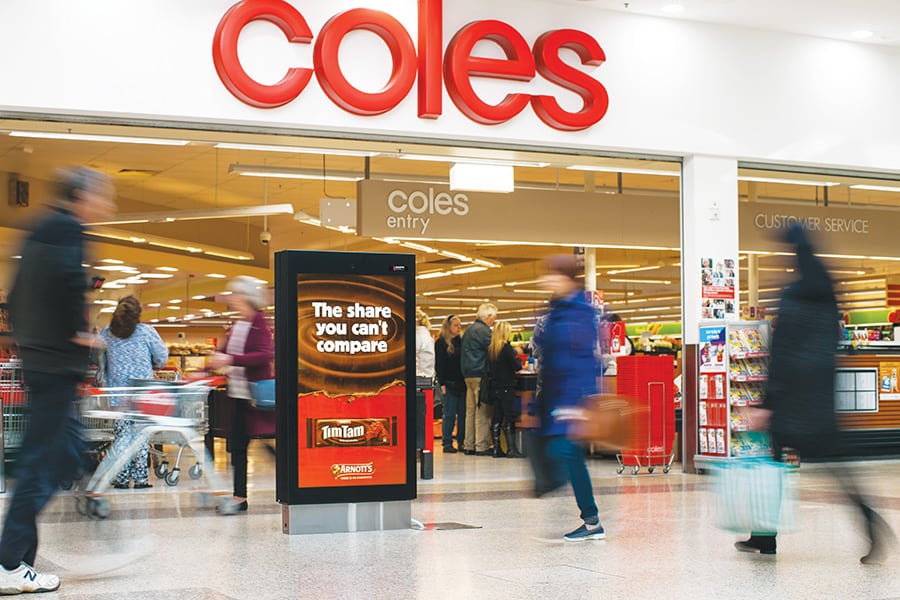
• Better utilisation of centre space
Access to high-quality data means shopping centres can make informed changes to the curation of the tenancies to not only decide which retailers and food outlets should feature in the centre but also the positioning of outlets for improved traffic flow, dwell times and usage. It also enables better use of temporary space with pop-ups or showroom spaces that offer ’treasure hunting’ experiences not previously available within the centre that could enhance the centre proposition. Detailed traffic flow and consumer insights also help centres to determine the best locations of its casual mall leasing spaces, local community services and noticeboards.
• Enhanced community messaging
Insights into shopping centre audiences enables management to better communicate with the local community. That might be via traditional community noticeboards or a more digitally progressive approach, such as through digital advertising panels or centre wi-fi. In the near future personalised push notifications, that make customers aware of relevant offers within the centre, and programmatic serving of relevant advertising, will add further communication options as well as a virtual casual mall lease.
Through a deep understanding of shopper behaviour, centres can now optimise their proposition within their local communities and add real value to customers lives.
It’s vital for shopping centres today to embrace a consumer-driven future, leveraging data and technology to help them create vibrant social sanctuaries that fulfil the needs of their local communities.


